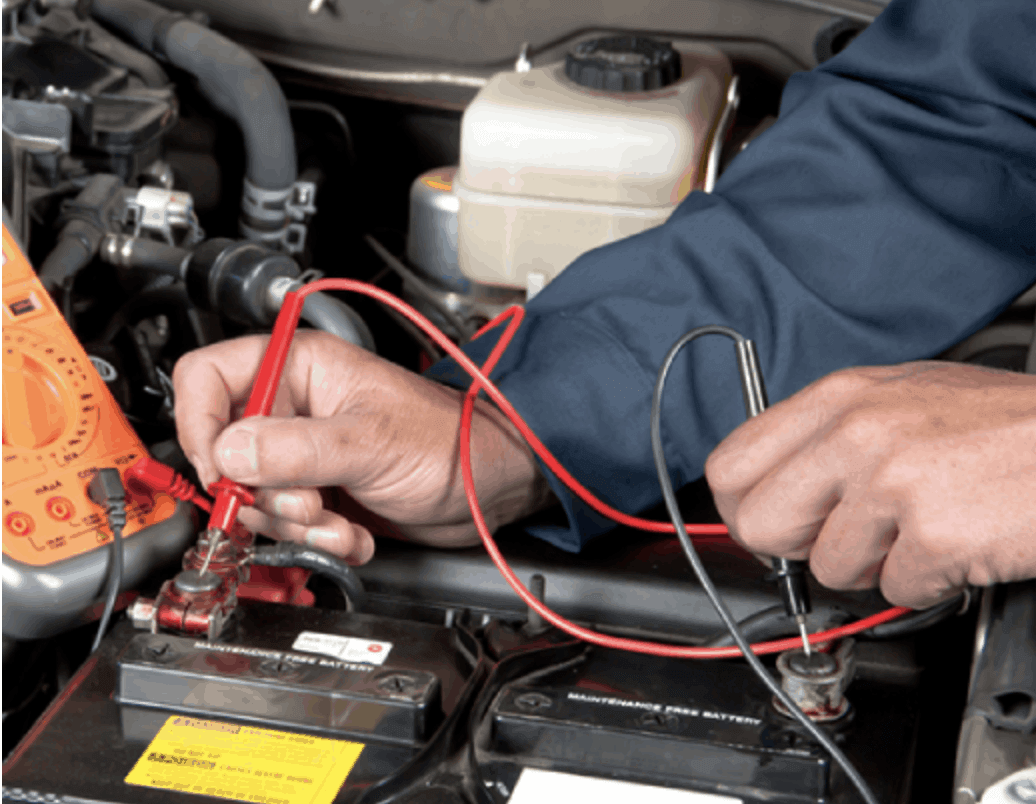Mechanical engineering and electrical engineering are two distinct fields, but they often intersect in the design and development of complex systems. One area where this intersection is particularly evident is in the realm of circuits. So, do mechanical engineers do circuits? The answer is yes, but with some caveats.
First, it's important to understand what circuits are and how they work. Circuits are essentially pathways that allow electricity to flow from one point to another. They are made up of various components, such as resistors, capacitors, and transistors, that work together to control the flow of electricity. Electrical engineers are typically the experts in designing and analyzing circuits, but mechanical engineers can also play a role in this process.
One way that mechanical engineers can be involved in circuits is through the design of mechanical systems that incorporate electrical components. For example, a mechanical engineer might design a robotic arm that uses sensors and motors to move in response to electrical signals. In this case, the mechanical engineer needs to have a basic understanding of circuits in order to design a system that will work properly.
Another way that mechanical engineers can be involved in circuits is through the design of printed circuit boards (PCBs). PCBs are used to connect electronic components together in a compact and organized way. Mechanical engineers can be involved in the design of PCBs by ensuring that they fit within the mechanical constraints of a larger system. They may also be involved in the design of enclosures or housings that protect the PCB from damage.
In addition to these specific examples, mechanical engineers may also need to have a general understanding of circuits in order to communicate effectively with electrical engineers. For example, if a mechanical engineer is working on a project that involves both mechanical and electrical components, they need to be able to understand the electrical engineer's designs and communicate any mechanical constraints or requirements.


More Stories
How a laser wire marking machine Enhances Identification Accuracy in Modern Cable Manufacturing
How a laser wire marking machine Enhances Identification Accuracy in Modern Cable Manufacturing
How a laser wire marking machine Enhances Identification Accuracy in Modern Cable Manufacturing